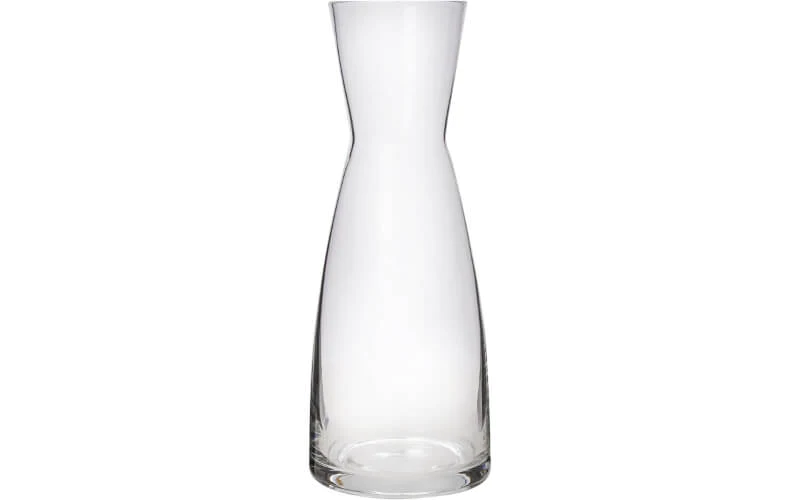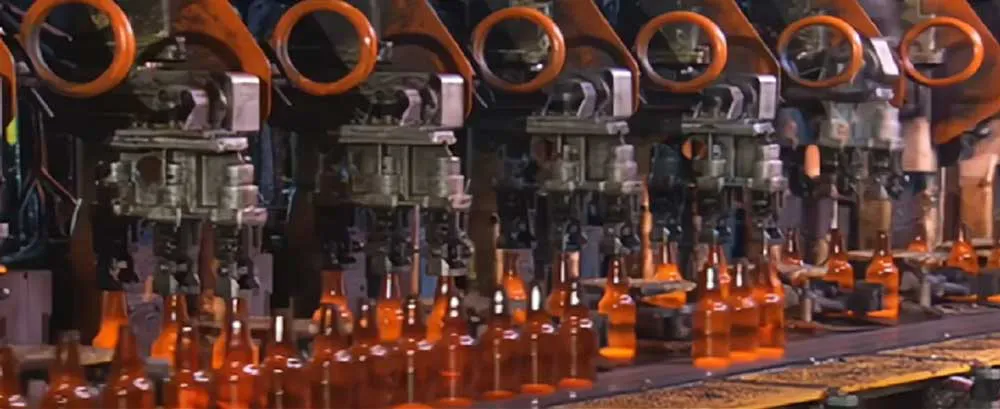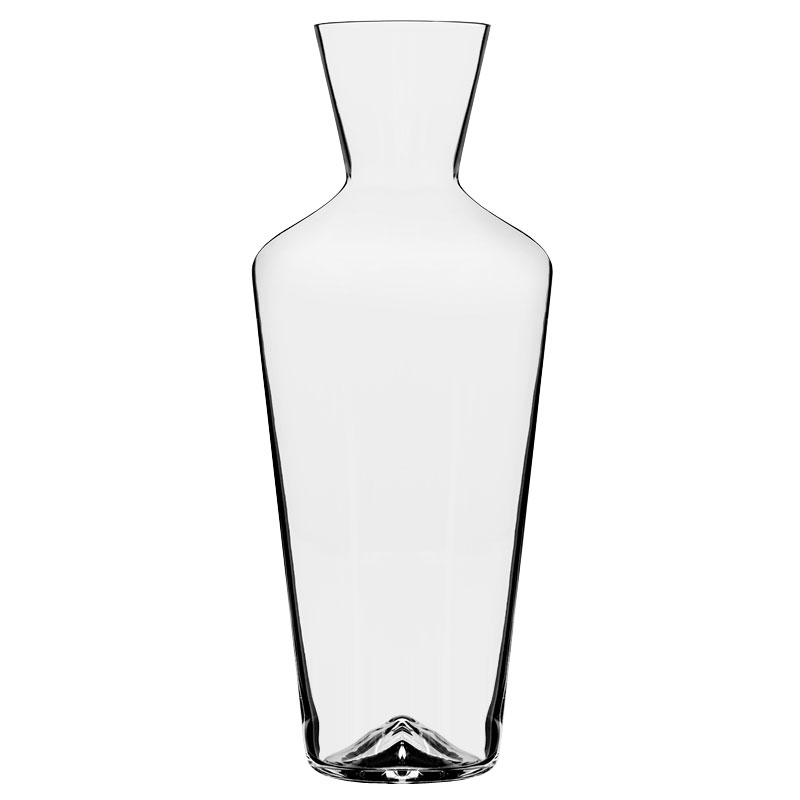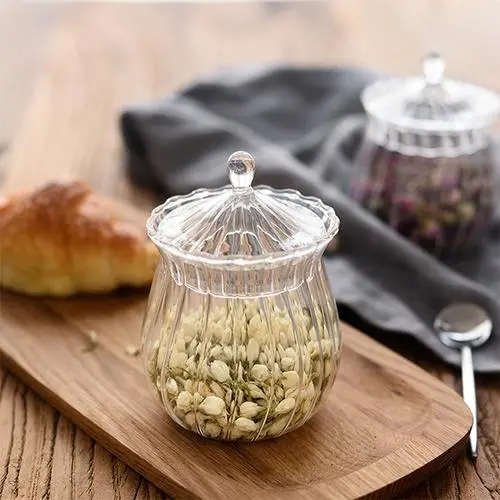When it comes to storing light-sensitive substances, the choice of glass bottle color is crucial. Blue and amber glass bottles are popular options, each offering distinct advantages. In this article, we will explore the properties of blue and amber glass bottles, their benefits, and their suitability for various applications. By understanding the characteristics of these bottles, you can make an informed decision about which one best meets your specific needs.
Understanding Light Protection
Both blue and amber glass bottles are designed to protect contents from harmful light rays, particularly ultraviolet (UV) light, which can lead to degradation and spoilage. However, these bottles differ significantly in their ability to filter different types of light.
Blue Glass Bottles
Blue glass bottles are particularly effective at filtering out visible light, which is essential for protecting light-sensitive substances. The blue hue allows for reduced exposure to harmful wavelengths, making these bottles ideal for products sensitive to both UV and visible light degradation. This includes medications, essential oils, and beverages. Moreover, the cool and calming aesthetic of blue glass enhances the visual appeal of products, making them more attractive to consumers.
For example, many brands use blue glass bottles for aromatherapy oils and certain beverages to maintain their quality and efficacy. The vibrant color not only serves a functional purpose but also aligns with marketing strategies focused on wellness and nature.
Amber Glass Bottles
Amber glass bottles, on the other hand, excel in blocking UV light. The amber color effectively filters out a significant percentage of UV rays, providing superior protection compared to blue glass bottles. This makes amber bottles highly suitable for products that are extremely sensitive to UV degradation, such as pharmaceuticals, vitamins, and certain natural products.
The warm and vintage appearance of amber glass bottles adds a touch of elegance, making them a popular choice for high-end products. For instance, many skincare brands opt for amber bottles to preserve the integrity of their formulations, ensuring that active ingredients remain stable and effective.
UV Protection: A Critical Factor
Understanding the level of UV protection offered by glass bottles is vital for preserving product quality.
Blue Glass Bottles
While blue glass bottles provide good protection against visible light, their ability to block UV light is less effective compared to amber glass. This makes them more suitable for products that are primarily sensitive to visible light but not as much to UV rays. For instance, blue glass is often used for storing beverages and cosmetics that may not require extensive UV shielding.
Amber Glass Bottles
Amber glass bottles shine in their exceptional UV protection capabilities. The amber tint effectively reduces exposure to harmful UV wavelengths, making them ideal for products that are highly sensitive to UV degradation. This characteristic is particularly important for pharmaceuticals and photochemicals, where stability and potency are critical.
By choosing amber glass, manufacturers can ensure that their products maintain their efficacy over time, which is essential for customer satisfaction and brand loyalty.
Considerations and Applications
When deciding between blue and amber glass bottles, it’s essential to consider the specific requirements of the substance being stored and the intended purpose of the packaging.
Visible Light Sensitivity
If the substance is primarily sensitive to visible light, blue glass bottles are a suitable option. For example, to preserve the aromatic properties of essential oils or protect light-sensitive beverages from degradation, blue glass bottles can be an excellent choice.
UV Sensitivity
Conversely, if the substance is highly sensitive to UV light, amber glass bottles are the preferred option. The superior UV protection provided by amber bottles ensures the integrity of UV-sensitive substances, minimizing the risk of degradation and loss of potency.
Aesthetic Considerations
Personal preference and aesthetic appeal also play a role in the choice of glass bottle color. Blue glass bottles offer a cool and calming appearance, which may be desirable for certain products. In contrast, the warm and vintage look of amber glass bottles adds sophistication and refinement to packaging, appealing to consumers seeking premium products.
Conclusion
In the debate of blue versus amber glass bottles for light protection, both options present unique advantages. Blue glass bottles excel at filtering out visible light, making them suitable for products sensitive to those wavelengths. Meanwhile, amber glass bottles provide superior UV protection, ideal for substances highly sensitive to UV degradation.
By understanding the properties and applications of these bottles, you can make an informed decision that ensures the optimal preservation of your light-sensitive products. Whether you prioritize aesthetic appeal or functional protection, choosing the right glass bottle is key to maintaining product integrity and enhancing brand value.
If you’re looking for more knowledge of glass bottles, check out the following articles:
– Top 4 Drinking Glass Manufacturers in the U.S
– Top 10 Glass Bottle Manufacturing Companies in India(Latest Updates)
– Top 10 Glass Bottle Manufacturers In The USA
– Why Choose Apple Juice in Small Glass Bottles? A Flavorful Experience
Consult Your Valiant Glass Bottles & Packaging Experts
We help you avoid the pitfalls to deliver the quality and value your glass bottle and jar need, on-time and on-budget.
















